Increased Mobile Usage
The Philippine ICT Market is witnessing a significant shift towards mobile technology, with mobile devices becoming the primary means of accessing the internet for many Filipinos. As of 2025, mobile internet usage accounts for over 90% of total internet traffic in the country. This trend is largely attributed to the affordability of mobile data plans and the widespread availability of smartphones. Consequently, businesses are increasingly optimizing their services for mobile platforms, leading to the growth of mobile applications and services. This shift not only enhances user experience but also drives engagement and customer loyalty. The rise in mobile usage presents a unique opportunity for companies within the Philippine ICT Market to innovate and develop mobile-centric solutions that cater to the needs of a tech-savvy population.
Rising Internet Penetration
The Philippine ICT Market is experiencing a notable increase in internet penetration, which is projected to reach approximately 75% by the end of 2025. This surge is driven by the expansion of mobile networks and the proliferation of affordable smartphones. As more Filipinos gain access to the internet, the demand for digital services, including e-commerce and online education, is likely to escalate. This trend not only enhances connectivity but also fosters innovation within the ICT sector. The growing number of internet users presents opportunities for businesses to tap into new markets and develop tailored solutions that cater to the evolving needs of consumers. Consequently, the rising internet penetration is a pivotal driver for the Philippine ICT Market, as it lays the groundwork for further advancements in technology and digital services.
Growing Demand for Cloud Services
The Philippine ICT Market is witnessing a growing demand for cloud services, driven by businesses seeking to enhance operational efficiency and scalability. As organizations increasingly adopt digital transformation strategies, the shift towards cloud computing is becoming more pronounced. By 2025, it is estimated that over 60% of enterprises in the Philippines will utilize cloud-based solutions for their operations. This trend is fueled by the need for cost-effective IT infrastructure and the flexibility that cloud services offer. Additionally, the rise of remote work and digital collaboration tools has further accelerated the adoption of cloud technologies. As businesses recognize the benefits of cloud computing, the Philippine ICT Market is likely to see a surge in investments in cloud infrastructure and services, paving the way for enhanced productivity and innovation.
Government Initiatives and Support
The Philippine ICT Market benefits significantly from various government initiatives aimed at promoting digitalization and technological advancement. The government has implemented policies that encourage investments in ICT infrastructure, such as the National Broadband Plan, which aims to improve internet connectivity across the archipelago. Additionally, the establishment of the Department of Information and Communications Technology (DICT) underscores the commitment to fostering a robust ICT ecosystem. These initiatives are expected to attract both local and foreign investments, thereby stimulating growth within the sector. Furthermore, the government's focus on enhancing digital literacy among citizens is likely to create a more skilled workforce, which is essential for the sustainable development of the Philippine ICT Market. As these initiatives unfold, they may catalyze further innovation and competitiveness in the market.
Emergence of Startups and Innovation Hubs
The Philippine ICT Market is currently experiencing a surge in the emergence of startups and innovation hubs, particularly in urban areas such as Metro Manila and Cebu. This trend is indicative of a vibrant entrepreneurial ecosystem that fosters creativity and technological advancement. Startups are increasingly focusing on developing solutions that address local challenges, ranging from fintech to health tech. The presence of incubators and accelerators provides essential support to these startups, facilitating access to funding and mentorship. As of 2025, the number of tech startups in the Philippines has grown significantly, contributing to job creation and economic development. This burgeoning startup culture is likely to drive competition and innovation within the Philippine ICT Market, positioning the country as a potential leader in the Southeast Asian tech landscape.
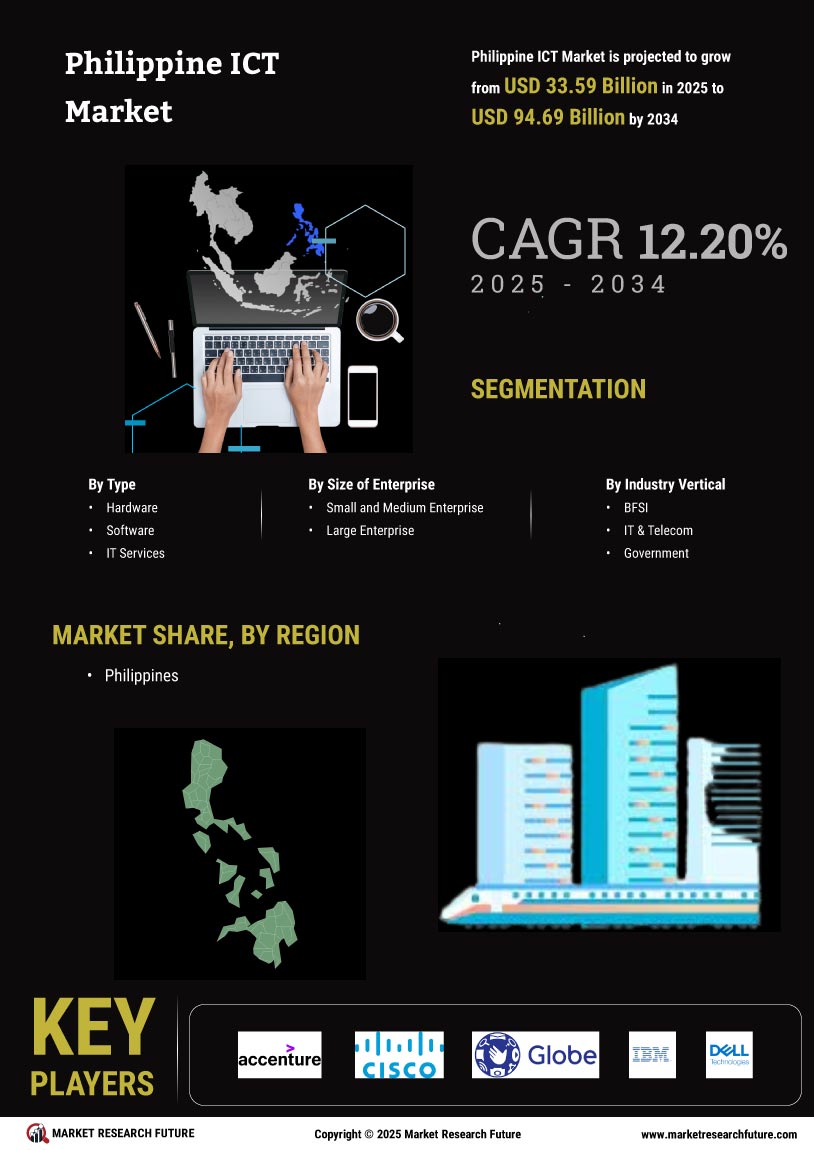

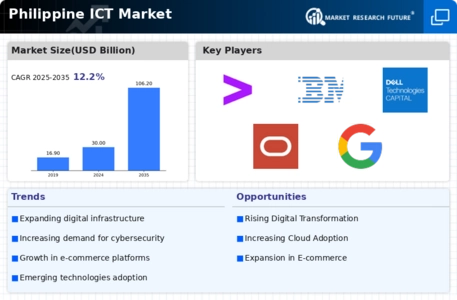
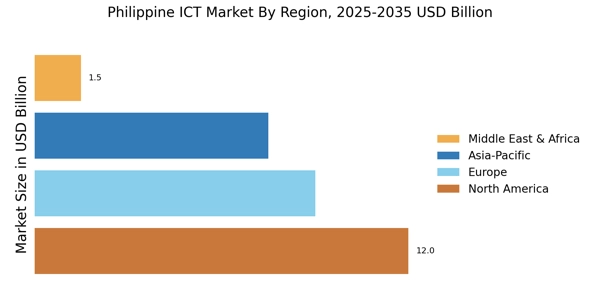

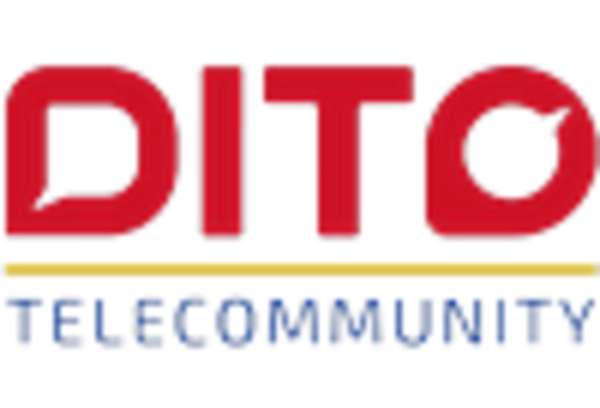



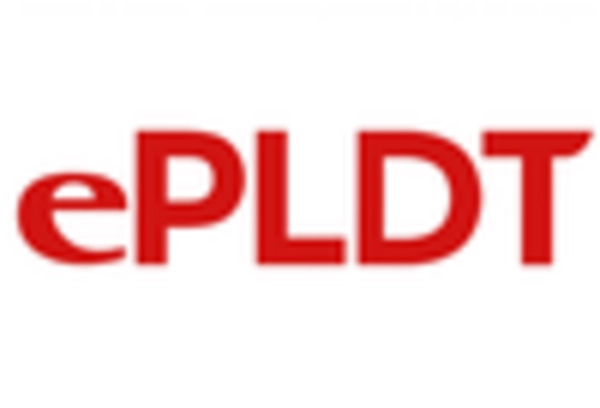








Leave a Comment